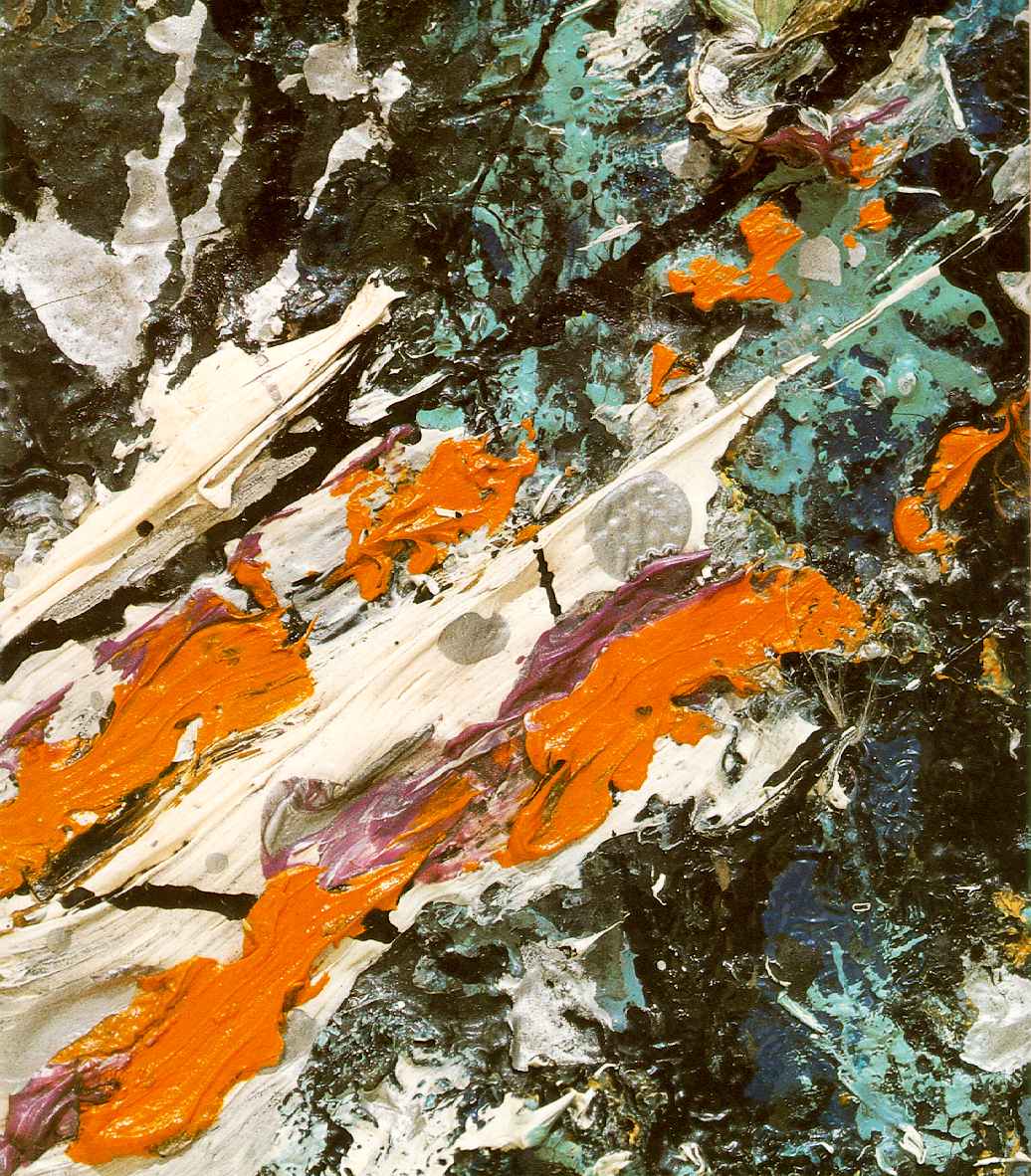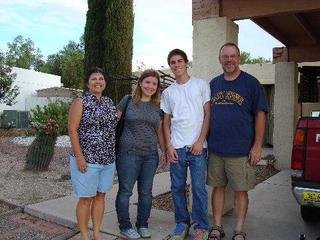
The Race for the Cure is exactly one month from today. Here is how to get involved:
April 6 Reid Park
You are invited to be part of this life-changing event!
On April 18 1999, the First Annual Southern Arizona Race for the Cure took place in downtown Tucson. The event attracted 3,400 participants and raised $218,000. Today, nine years later, the Race for the Cure has been voted The Best Spectacle Event by the Tucson Weekly in 2004 & 2006, and raises over one million dollars each year.
Over the past nine years, the local Komen Southern Arizona Race has raised $5 million dollars. 75% of the net income has provided programs and services for breast health needs in Southern Arizona. The other 25% has gone to international research, with over one million dollars going to the University of Arizona.
Be part of our team! Pick up a registration form today or go to http://www.komensaz.org and click on “race for the cure” on the right side. Then click on “register” , then “register here”. Then click on “join a team” and then scroll down and find “Catalina UMC’.
Donate to our team! Go to http://www.komensaz.org and click on “race for the cure” on the right side. Then click on “donate or pledge” and then click on “sponsor participant”. Then enter a participant’s name. You can enter Richard Jones, Mindy Jones, Tyler Jones, or anyone else you know is participating. We will list more team member names are we receive them.
Volunteer! Volunteers are needed on race day and at the office or packet distribution locations (El Con Mall). Phone the office of the Susan G. Komen For The Cure Southern Arizona at 319-0155. The office is located at 4574 E. Broadway. Register online to volunteer at http://www.komensaz.org. Click on “volunteer” on the right side of the page, and you will be directed to a page with volunteer information.
Ask Questions! Our team captain is Mindy Jones. She is normally in the 9:30 Refuge service. You can email her at mindyrecycles@aol.com or phone her at 296-7103.
There will be no Refuge services on April 6! Instead of coming to church, come out with us and BE the church!



